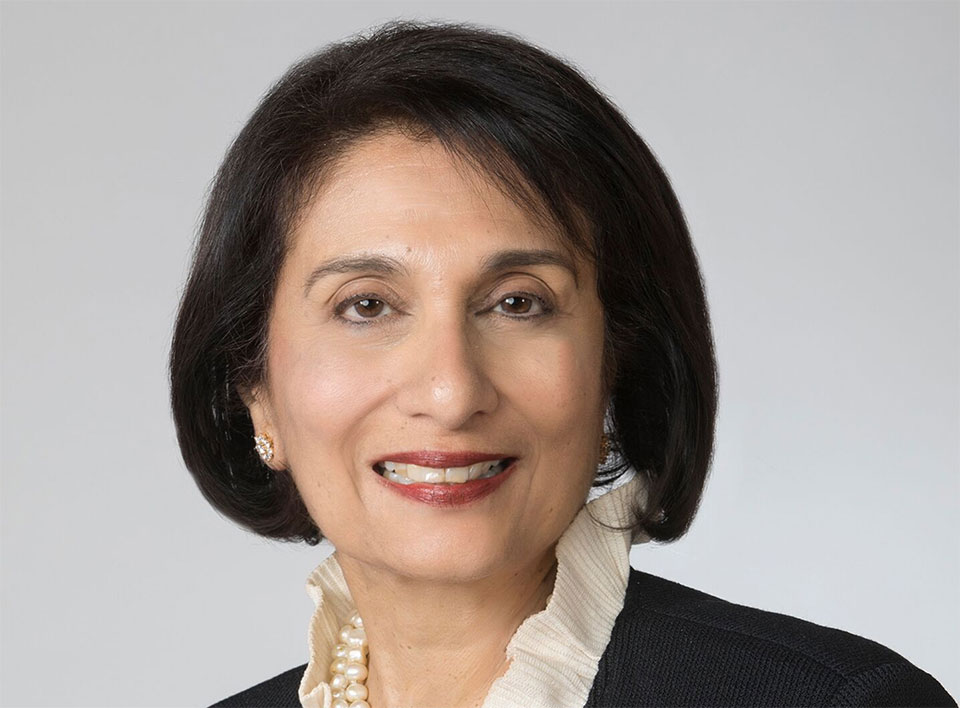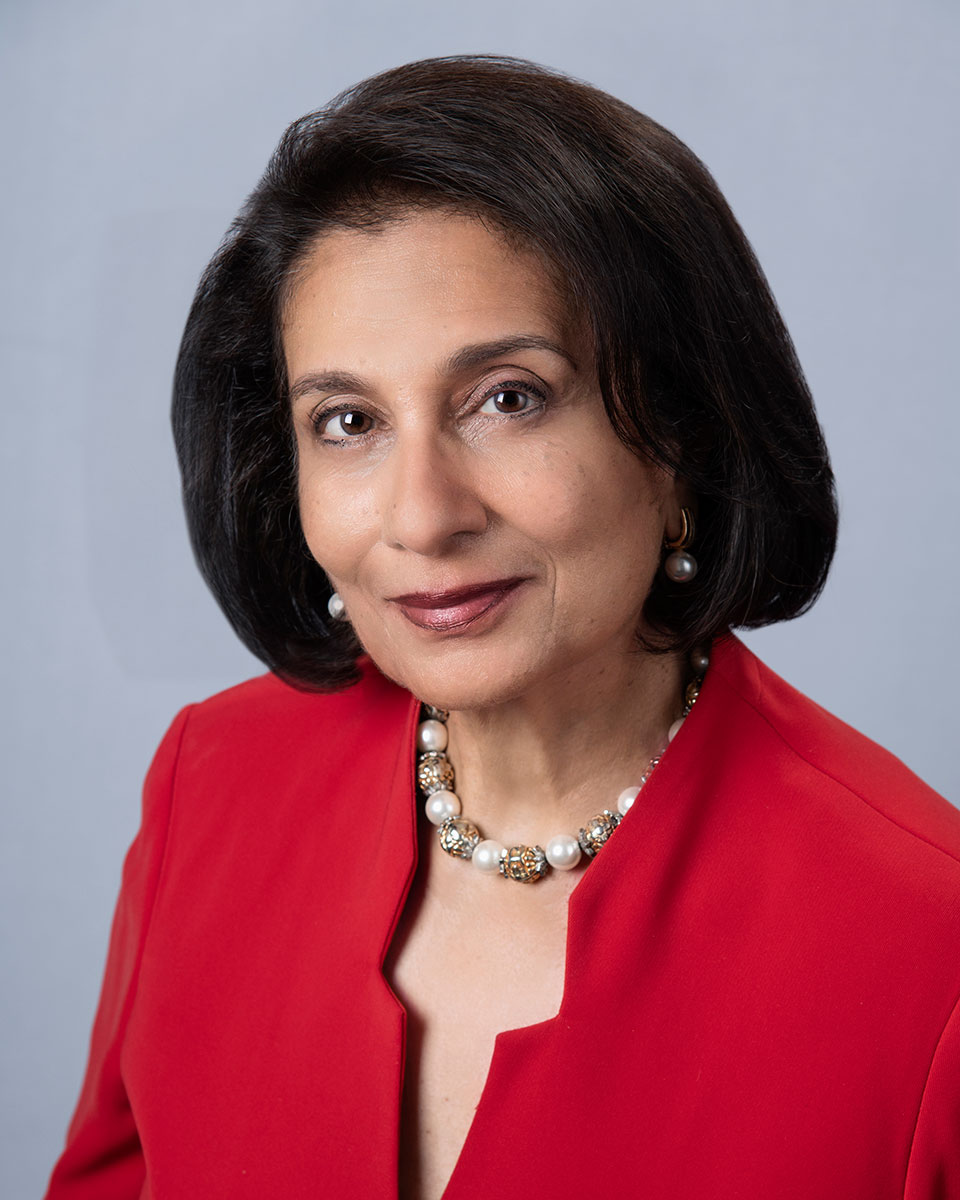Initial Steps to Making Diversity, Equity and Inclusion with Purpose and Passion

Too often leaders see diversity, equity and inclusion (DEI) as a series of incremental initiatives that are dispensable when faced with competing business priorities or in times of crisis. Such was the case when the COVID-19 pandemic and the economic downturn hit–quickly slashing DEI budgets. It took a spotlight on the disparate impact of the pandemic on women and marginalized groups, and even more intense scrutiny of systemic racism following the murder of George Floyd, before leaders once more turned attention back to DEI.
But how can CEOs move DEI beyond situationally driven efforts to something more permanent and sustainable?
The first step for leaders is reflecting on their ecosystem of beliefs at the heart of DEI. Beliefs contribute to a person’s world view, predispose them to take certain actions, and ultimately influence outcomes.
Leaders can fall on a continuum of belief systems. They need to do the difficult work of introspection to understand their belief systems, and to acknowledge that they have unconscious biases.
These belief systems can range from:
- Denying Systemic Barriers to Acknowledge Systemic Barriers
Leaders who dismiss systemic barriers believe that we have a level playing field for all and that the “cream rises to the top.” Such leaders might think, believe, or say, “I don’t see color as we are all equal with equal chances of succeeding if we just work hard.” They make excuses such as “We cannot find any qualified . . .” or “Women are leaving because they have little children.”
Those who acknowledge barriers that impede advancement of underrepresented populations look for ways to address it in the systems, policies, and behaviors within their organizations. They address gaps by unpacking underlying root causes and harnessing the best of what a diverse workforce can offer. - Operating with a Diminishing Returns Mindset to an Expansive Mindset
Leaders with a diminishing returns mindset see a zero-sum game: “They are just hiring women; my career is over because I am a man.” Or “We cannot invest in DEI as we have other business priorities.” Those with an expansive mindset can envision how DEI will help grow the business by targeting specific consumer groups or leveraging diverse talent for innovation. They see the benefit to their employees resulting in innovation and higher productivity for the organization. Typically, a diminishing returns mindset shows up toward the beginning of an organization’s or individual’s DEI journey. If organizations are truly committed to DEI, movement on this scale has to occur early in the process. - Solving just for Today Envisioning the Future
Leaders who want to “solve for today” see DEI as an immediate, short-term problem—perhaps a lawsuit or a performative response to the Black Lives Matter movement—that can be solved by hiring a few women or members of other underrepresented groups or by giving isolated charitable contributions. These reactive responses can result in “diversity-washing” without furthering their commitment by addressing inequities more systemically. Leaders with a vision for the future see beyond the burning platform du jour. They strategically endeavor to become an industry benchmark for DEI rather than level off at compliance standards. - Functioning with a closed Mindset to functioning with a receptive Mindset
Leaders with a closed mindset dismiss experiences of others. This might manifest as “I don’t believe that racial profiling occurs,” or “I am not sure what you mean by privilege. I grew up in a poor Caucasian family and made it by pulling myself up by my bootstraps.” Inclusive leaders approach DEI with a sense of humility and a genuine desire to learn—a receptive mindset. They admit to what they don’t know and are open to listening deeply without denying other’s experiences. - Seeing diverse Talent is a Risk to seeing diverse Talent is an Asset
All too often leaders hire people like themselves, where there is an immediate bond, comfort level, and trust. They see talent different from themselves as a “risk” they would rather not take. An inclusive leader sees value in diverse talent, fostering candidates’ potential contributions to innovation, future growth, and ability to reduce group think.
With an awareness of their belief systems, leaders can seek out experiences to shift their mindsets and internalize the benefit of DEI to themselves and to the organization. John Kotter and Dan Cohen, in their work on successful change efforts, refer to the “head-heart strategy.” While engaging intellectually through rational arguments and data is important, this processing must be supplemented with experiences to see, feel, and react in a noncognitive manner.
Behavioral economists have shown us that humans are emotional beings, and that behavior and decisions are largely influenced by emotions—whether a person is aware of it or not.
To lead with purpose and passion, to influence underlying assumptions at the deepest level, leaders need experiences that tug at the heart. The public outcry over the fast succession of killings of George Floyd, Breonna Taylor, and Ahmaud Arbery in the US in 2020 was a jolt to some White male executives who still comprise 90 percent of all Fortune 500 CEOs in the US. These deaths were tragic and tide-turning, but a leader’s catalyst for change need not rely on such disturbing events.
How else can leaders expose themselves to different experiences in a way that is powerful enough to generate self-reflection and allows them to recognize their privilege and to work towards becoming inclusive leaders? And with that recognition, how can leaders learn to spend that social capital on the inclusion of others?
Leaders can expand their world view through:
- Mentoring or sponsoring those different from themselves
- Putting themselves out of their comfort zone by seeking experiences where they might be the minority
- Listening without judgement to lived experiences of those different from themselves without judgement
- Having conversations with their peers who see the value of DEI to themselves and their organizations
- Having the humility to learn by reading books and articles, having conversations, watching movies on the topic
For those with the lived experiences of discrimination, it can be empowering to speak out, but it can also be exhausting to have to share painful memories again and again in order to educate people in power. When leaders invite those with lived experiences to share their stories, they must be attuned to the toll it takes and take responsibility for their own learning.
When leaders are able to reflect on their belief systems and to intentionally seek out disruptive experiences to shift their DEI mindsets, they begin their journey to making an organization’s DEI efforts sustainable by leading DEI with purpose and passion.
Written by Dr. Rohini Anand. Adapted from Leading Global Diversity, Equity and Inclusion: A Guide for Systemic Change in Multinational Organizations by Rohini Anand, with permission from Berrett-Koehler Publishers, 2021.
Have you read?
# Best CEOs In the World Of 2022.
# TOP Citizenship by Investment Programs, 2022.
# Top Residence by Investment Programs, 2022.
# Global Passport Ranking, 2022.
# The World’s Richest People (Top 100 Billionaires, 2022).
Bring the best of the CEOWORLD magazine's global journalism to audiences in the United States and around the world. - Add CEOWORLD magazine to your Google News feed.
Follow CEOWORLD magazine headlines on: Google News, LinkedIn, Twitter, and Facebook.
Copyright 2025 The CEOWORLD magazine. All rights reserved. This material (and any extract from it) must not be copied, redistributed or placed on any website, without CEOWORLD magazine' prior written consent. For media queries, please contact: info@ceoworld.biz









